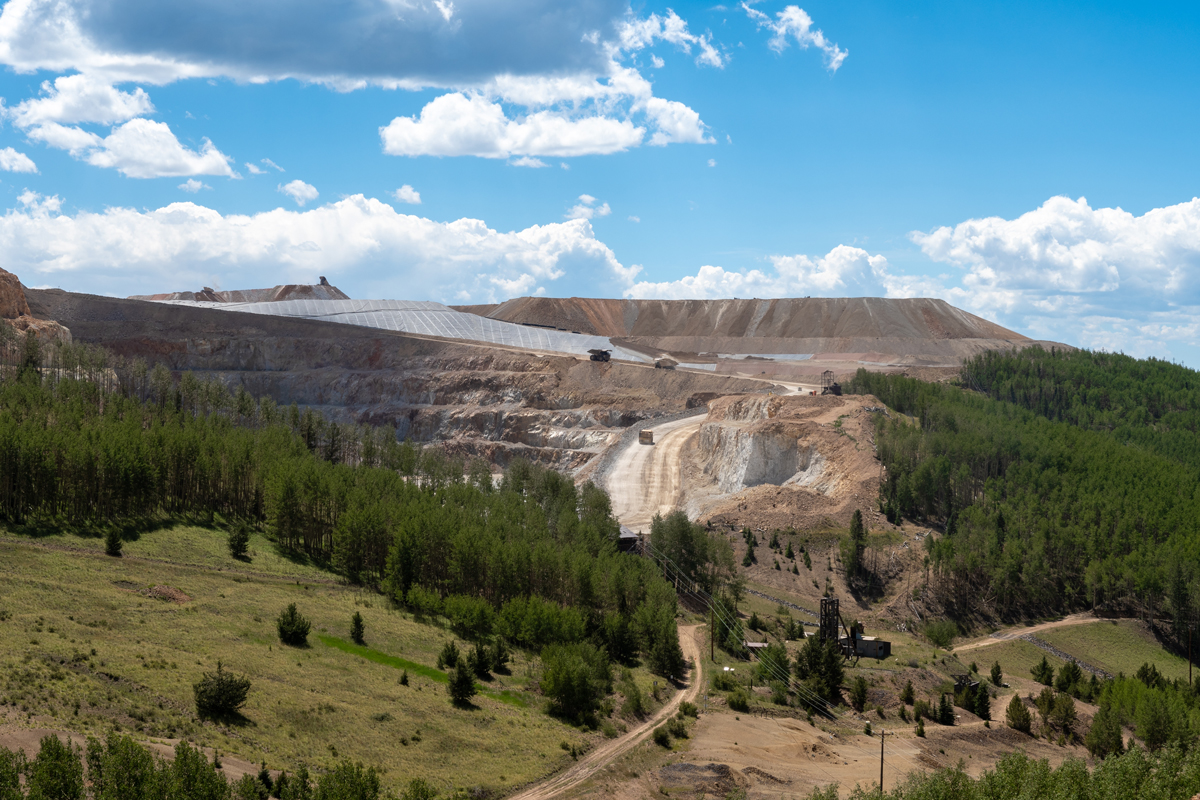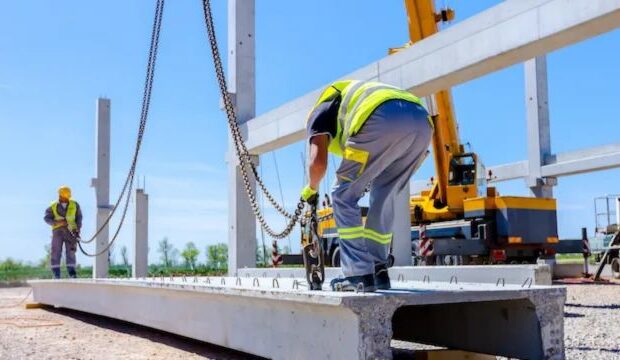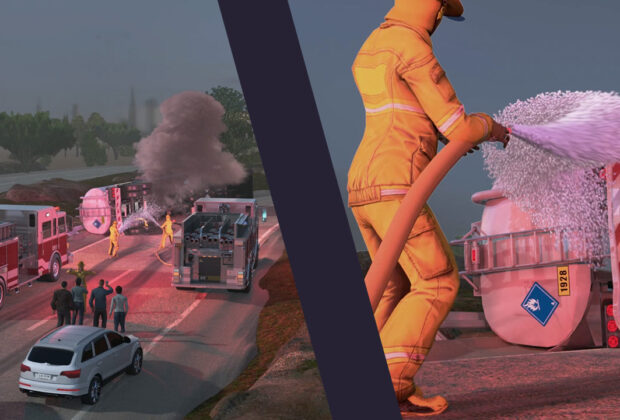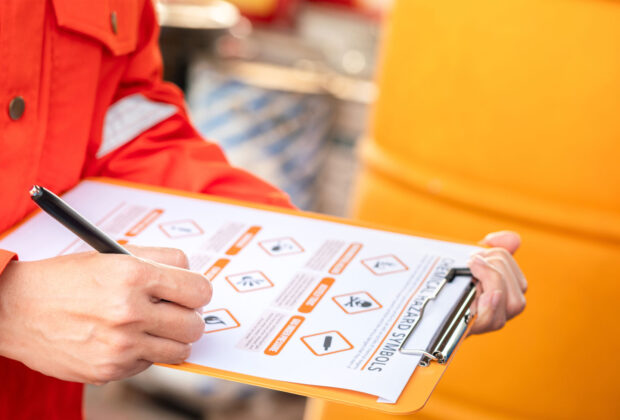Mining has always been one of Canada’s most demanding industries—and one of the most dangerous. Every day, thousands of workers head underground or to remote mining sites where one safety mistake can be deadly.
In 2022, Canadian workplaces saw 67 fatalities and over 18,000 serious injuries. Mining has fewer workers than other industries, but more severe incidents because of the hazardous nature of the work, from heavy equipment and confined spaces to remote locations and long work hours.
The good news? Most of these accidents can be prevented. Proper safety training protects workers, meets regulations, and keeps operations running smoothly.
Understanding Mining’s High-Risk Environment
Mining operations face a complex array of hazards that can escalate quickly without proper preparation. The most critical risks include:
Heavy Equipment Hazards: Workers regularly operate haul trucks, loaders, drilling rigs, and a variety of hazardous equipment. Without proper training, struck-by and caught-in incidents remain dangerously high.
Ground Control Failures: Rock falls, cave-ins, and unstable ground conditions represent one of the leading causes of mining fatalities. Understanding geological conditions and proper support systems is critical for worker safety.
Confined Spaces & Hazardous Atmospheres: Limited ventilation, toxic gases, and dust accumulation make confined space entry one of the most dangerous tasks in mining. Workers require specialized training in atmospheric monitoring, entry procedures, and emergency response.
Chemical and Explosive Hazards: From blasting agents to fuel and processing chemicals, mining operations involve numerous dangerous substances. Proper certification in WHMIS and TDG help workers understand how to handle, store, and transport these materials safely.
Electrical Hazards: Wet underground conditions combined with high-voltage equipment create serious electrocution risks that require specialized safety protocols. Regardless of role, workers in an environment with live electrical facilities must be aware and trained on the hazards associated with electrical work.
Remote Work Risks: Many mining sites operate in isolated areas where emergency response times are extended. Training in wilderness awareness, off-road vehicle safety, and basic medical response equips workers to handle unexpected challenges including wildlife encounters and medical emergencies.
Building a Safety Culture
The most successful mining operations go beyond minimum compliance, creating cultures where safety becomes part of everyday decision-making. Comprehensive training empowers workers to recognize hazards, apply safe practices, respond to emergencies, and protect their crews.
Strong safety cultures deliver measurable benefits including more efficient operations, reduced downtime, improved morale, and lower insurance costs. When teams are properly prepared, operations run more smoothly and confidently.
Essential Certifications
Canadian mining operations must meet federal and provincial requirements including Occupational Health and Safety Acts, CSA standards, and Transportation of Dangerous Goods compliance. Key certifications include:
Fall Protection: Required for work at heights, ladder access, and elevated platforms
Ground Disturbance Training: required for mining workers to ensure they can safely identify, plan, and execute excavation or drilling activities.
Electrical Safety Training: required because mining environments involve high-voltage equipment and energized systems, and workers must understand how to recognize, control, and prevent electrical hazards to avoid serious injury or fatalities.
TDG Certification: For transporting and handling dangerous goods including explosives and chemicals
WHMIS Certification: Essential for anyone exposed to hazardous materials
Driver Training: to ensure workers who operate vehicles — from light-duty trucks to heavy equipment — can drive safely, reduce collision risks, and drive SAFER.
Joint Health and Safety Committee (JHSC) Training: required on any site that has 20 or more workers, like most mining operations.
Wilderness Safety: Preparing for environmental hazards and wildlife encounters in remote locations
Mentorship Training: to equip experienced workers with the skills to effectively transfer knowledge, model safe practices, and support the development of less experienced team members.
Supervisor Training: because supervisors carry legal responsibility for worker health and safety, and must be trained to recognize hazards, enforce safe work practices, and ensure compliance with OHS legislation.
Certifications like these reduce liability, demonstrate due diligence, and provide workers with knowledge needed for safe operations.
Why Choose Danatec
For 40 years, Danatec has been providing trusted safety training to keep crews safe no matter the terrain. Our courses are continuously updated to reflect the latest industry standards, regulatory changes, and best practices learned from incident investigations.
Our programs provide the knowledge and up-to-date industry standards for workers in mining environments. Choose from online or on-site training with instant digital certificates and bulk pricing for teams.
The Business Case for Safety Training
Comprehensive mining safety training delivers returns beyond compliance. Proper training prevents accidents that result in worker compensation claims, equipment damage, operational shutdowns, and most importantly, healthy and safe workplaces. Well-trained workers work better and with more confidence. Strong safety records help companies hire top talent and build better relationships with regulators.
Insurance providers often reduce premiums for companies demonstrating safety commitment, and well-trained workforces face fewer compliance issues during audits and inspections.
Protecting Canada’s Mining Future
As mining operations become more complex and regulations evolve, comprehensive safety training becomes increasingly critical. Proper training saves lives and keeps families together. It also helps mining operations run safely for years to come.
From TDG to fall protection, our safety programs help you stay compliant, prevent accidents, and build a strong safety culture.
Ready to Strengthen Your Safety Program?
Contact Danatec today to discuss your specific training needs. Whether you need one worker certified or an entire crew trained, we’ll help protect your people and operations.




Comments are closed.